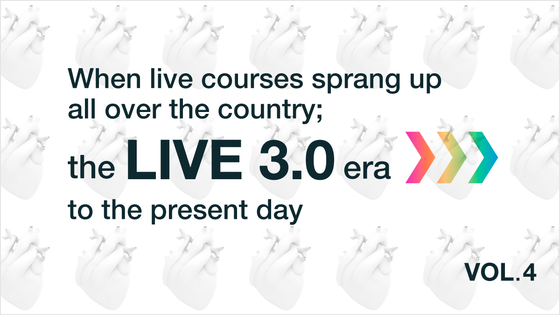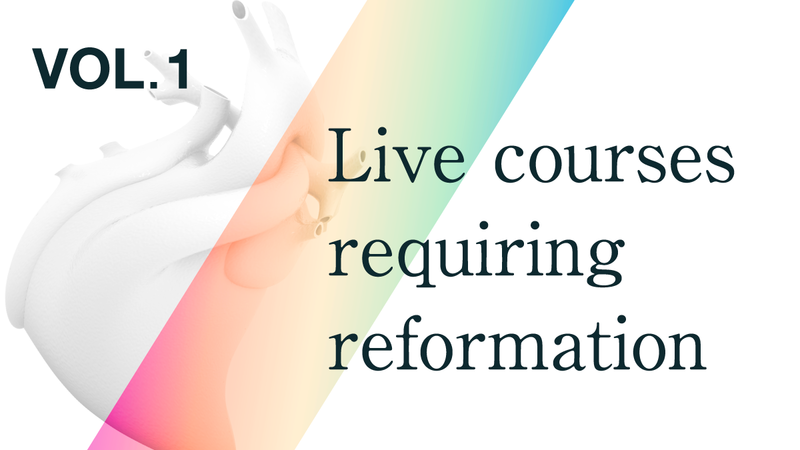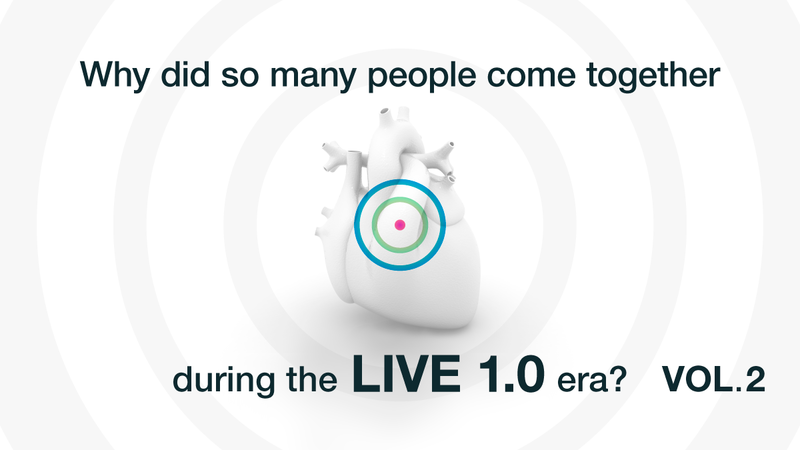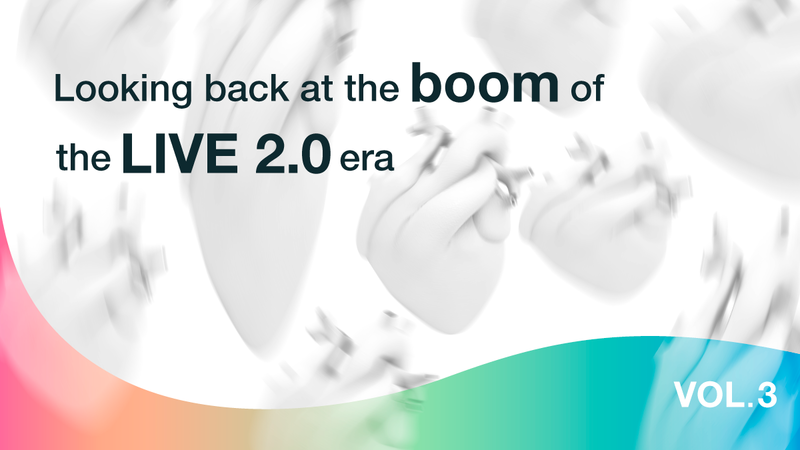The typical strategy of firms in mature markets is to increase their scale and reap the economic benefits i.e., economies of scale. Having a system that can produce more product lines at lower cost than the competition is the way to compete in this market. This will reduce labor and advertising costs, and of course, the same applies to a company's investment in live courses. Over the years, the number of companies has decreased from 20 to 15, then from 15 to 10, and nowadays the number of companies that serve as main sponsors for major live courses can be counted on one hand.
The number of PCI procedures performed nationwide has also decreased due to the introduction of drug - eluting stents (DES) and the evolution of optimal drug therapy, which has reduced the rate of restenosis. In 2005, the market size of medical devices for PTCA in Japan was approximately 100 billion yen,1 while in 2020 it was estimated to be 66.7 billion yen, a decrease of approximately 33%.2
The main reason for this is the decline in reimbursement prices: in the late 1990s, balloon prices ranged from 250,000 yen to 300,000 yen,3 but the 2020 revision dropped that to just 37,800 yen, nearly 10% of its heyday. and the DES has also declined from 421,000 yen since its introduction in 2004 to 161,000 yen today.4 5 If the reimbursement price continues to decline like this, some companies are expected to exit from the market.
Conversely, since the mid - 2000s, the number of smaller live courses has increased. This is due to technological innovation. With the advance of digitiza tion, the devices needed for live broadcasts became available at lower cost, and new broadcast providers have emerged accordingly.
One of the most significant factors behind the increase in the number of live courses was the evolution of medical equipment and the establishment of a level of technology that made it easier for cardiologists to access treatment of complex lesions. As they gained experience, their skill set increased, and in turn they developed a desire to have their peers through the techniques they had mastered.
If we consider live courses in this era as ‘3.0,’ their distinguishing feature is that they began with a group of like - minded cardiologists of the same generation who formed their own workshop, hit it off, and pioneered a new type o f live course that didn’t rely on the so - called c elebrity cardiologists. They were small - scale gatherings of friends, with each participant taking turns at the helm. In rare cases, the ‘masters’ were invited as guest operators, but this in of itself was not a prerequisite for hosting a live course. In the world of Live 3.0, it was more about the exchange of skills and deepening friendships with a small circle of people than it was about having the greatest number of participants.
Changes in the Significance of Live Courses
The Toyohashi Live Course came about after the mid - 2000s but did not meet the requirements of Live 3.0 in terms of its scale. The organizer of this live course was Dr. Takahiko Suzuki of the Toyohashi Heart Center, who had previously organized CCT (Live 1.0). During this live course, Dr. Suzuki, himself a celebrity cardiologist, did not perform the catheterizations personally. Instead, he had his students, whom he had trained over the years, serve as operators, and he himself served as a chairman and sounding board to assess their techniques. Dr. Suzuki expressed the purpose of this live course in terms of ‘co - education’ rather than ‘education,’ i.e., nurturing and learning from one another. This concept is common to other small - scale live courses that have emerged from the Live 3.0 era.
With the improvement of technology and the advancement of medical equipment, the success rates of PCI and late outcomes have improved, and with a certain level of experience, it is now possible to acquire the skills needed to safely treat patients. With the advent of DES, the problem of restenosis (which had been considered its Achilles heel) was overcome, and after the advent of the second - generation DES, incidences of late stent thrombosis were greatly reduced.6
Given this context, what is required of a live course is to provide an opportunity to discuss solutions in unresolved areas together. Therefore, the plan for Toyohashi Live was to focus only on bifurcation lesions, calcified lesions, and CTO lesions, which had become unresolved areas in the post - DES era, bringing cardiologists who were familiar with these lesions together for discussion.
The first Toyohashi Live was held in October 2010. At that time, in addition to the above three lesions, unresolved areas included in - stent restenosis and small vessel lesions. However, with the expansion of DES indications to small vessels and the advent of drug - coated balloons (DCB), these issues were now considered to have been largely resolved and are now excluded from live courses. The first Toyohashi Live was held in the year of the Great Eastern Japan Earthquake and attracted over 1,000 participants, and by the time it was held again in June 2019, before the spread of the coronavirus, it had attracted over 2,000 participants.
Dr. Suzuki emphasized that ‘the main star of the live course is not the cardiologist, but the participants,’ and stated that the era of celebrity cardiologists relying on their experience and intuition to perform procedures was over. The new era of live courses was for the next generation to share their experience and knowledge and raise the technical skill ceiling once again.
- Fair Trade Commission. 2005 Johnson & Johnson's Acquisition of Guidant Corporation Stock.
https://www.jftc.go.jp/dk/kiketsu/toukeishiryo/sannyu/h17jirei9-01.html
- R&D Medical Equipment Corporation. Supplies Yearbook 2021, No. 1 Market Analysis Edition Inter ventional Products.
http://www.rdco.info/237-239.html
- Ministry of Health, Labor and Welfare. "Survey on Distribution Practices of Medical Devices" (Report 2003).
https://www.mhlw.go.jp/public/bosyuu/iken/dl/p0319-1b1.pdf
- Ministry of Health, Labor and Welfare. Medical Fee Information Service
http://shinryohoshu.mhlw.go.jp/shinryohoshu/
- Tanioka K, et al. The Drug - Eluting Stent Has Changed the Times. Journal of Coronary Disease. 2005; 11: 155 - 157
http://www.npojca.jp/journal/image/200511155.pdf
- Shinke T. Evolution of Coronary Stents. Journal of Coronary Disease. 2016; 22: 34 - 38
https://www.jstage.jst.go.jp/article/jcoron/22/1/22_22.002/_pdf
About the Author: Satoru Hashimoto
After graduating from Bellevue University in Nebraska, USA, in 1994, Mr. Hashimoto returned to Japan to work for a foreign healthcare consulting company before joining Johnson & Johnson. After a career in sales and marketing in the field of catheter intervention, he established TCROSS Co., Ltd. In 2005. He enrolled in the Graduate School of Management, GLOBIS University in 2019 and graduated in 2021 with an MBA (Master of Business Administration). He is a full member of the Japan Science and Technology (JST) Journalists Conference and the International Science Writers Association (ISWA).





